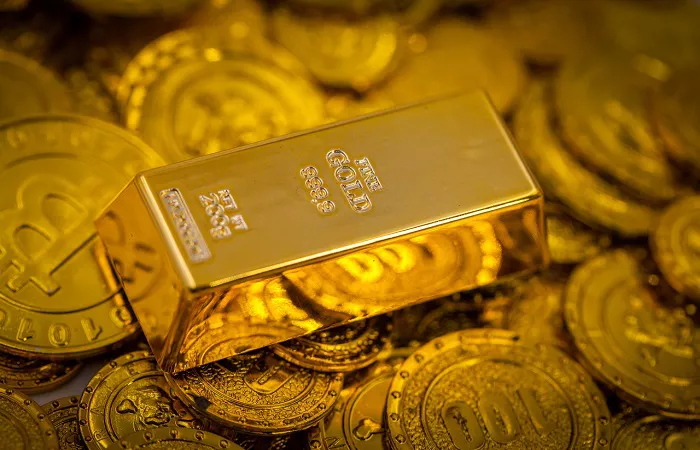The concept of tokenizing gold has gained significant traction, with investors increasingly turning to digital gold options like Tether Gold (XAUT) and Paxos Gold (PAXG) as alternatives to traditional gold storage methods. These digital assets, built on blockchain technology, offer a modern solution to what many see as outdated and inefficient vault-based gold storage.
Don Tapscott, of the Blockchain Research Institute, believes tokenizing gold could revolutionize the $13 trillion gold market. By digitizing gold reserves, Tapscott argues, transparency and liquidity can be enhanced, making gold more accessible and trackable. This contrasts with the static, traditional approach, where gold is often locked away in vaults, inaccessible for quick trades or transparent tracking.
Market Leaders and Innovations
Paxos, one of the leaders in the digital gold space, currently holds around 52% of the tokenized gold market. Tether follows closely, capturing nearly 47% of the market share. However, new players like Matador Technologies are also innovating in the space, offering tokenized gold on the Bitcoin blockchain. This unique approach combines physical gold claims with limited-edition digital art, further expanding the possibilities for tokenized gold.
National Moves Toward Digital Assets
There’s also growing speculation about the United States modernizing its approach to gold holdings. Following President Trump’s recent establishment of a Strategic Bitcoin Reserve, Treasury Secretary Scott Bessent hinted that the U.S. might explore monetizing its national assets, potentially leading to the tokenization of Fort Knox’s gold reserves. This has sparked discussions about the future role of gold in national financial strategies and how blockchain could play a pivotal role.
Global Trends: China and Russia’s Gold-Backed Stablecoin Potential
On the global stage, China and Russia are considering alternative approaches, including launching their own gold-backed stablecoins. This move could challenge the dominance of USD-backed digital assets and appeal to nations seeking a more stable store of value. Max Keiser, a prominent financial analyst, suggested that gold-backed assets are seen as inflation-resistant, especially in comparison to volatile cryptocurrencies, which could make them an attractive alternative for countries looking to diversify their financial strategies.
A Shift Toward More Transparent and Flexible Asset Management
As the financial landscape evolves, the merging of gold with blockchain technology represents a shift toward more transparent, flexible, and efficient asset management solutions. The growing interest in tokenized gold is not only redefining how individuals and institutions invest in and manage gold but also pointing toward a future where digital gold may become a central part of the global financial system.
Related topics:
- India Surpasses China in Gold Purchases, Buying 51% More in Three Months
- Qilu Bank Enhances Support for Small Businesses with Innovative Financial Tools
- Bitcoin Poised for a Surge Amid Gold’s Delivery Delays, Expert Claims


